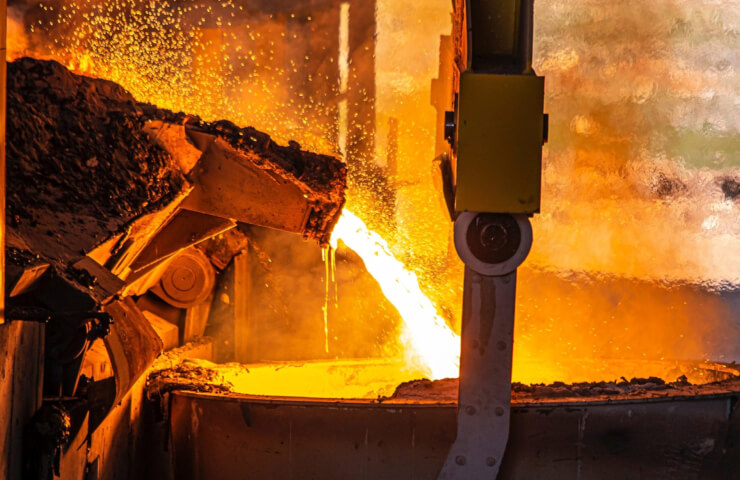As of March 2023, 43% of planned capacity is primarily using gas and electric arc furnaces, while 57% of planned capacity is using coal-fired blast furnaces and BOFs.
However, the International Energy Agency's (IEA) Net Zero scenario by 2050 indicates that by 2050, 53% of all steelmaking capacity should use EDP technology. Only 42% of primary steel production needs to use an EAF in either hydrogen or iron ore based direct reduced iron electrolysis configuration to reach this target.
“Current capacity plans will result in an electric arc furnace operating at only 32% of total capacity by 2050, far less than needed. While the growing share of EAF in planned capacity is promising, existing DP-KP capacities should be shut down and planned DP-KP capacities canceled,” reads a new NGO report seen by Callanish.
Capacity surplus remains a big problem. The OECD has reported a 26% global overcapacity of 632 million tonnes in 2022. The Global Steel Plant Tracker points to a net capacity increase of 11Mt in 2022 and a decline in the capacity utilization rate of leading producers from 75% in 2021 to 72% in 2022.
“While overcapacity presents a profitability challenge for steelmakers, it also creates an opportunity to redirect investment into the sector to support the transition to green steel,” says Global Energy Monitor.
T Six quarters of the steelmaking capacity being developed is in Asia, 55% of which is in China and India. Looking at the BF-BOF route separately, Asia accounts for 99% of new developments. India is now the world's largest developer of new BF-BOF capacity, with 40% of BF-BOF's development capacity, while China accounts for 39%.
Asset risk rising: The steel industry could face up to $554 billion in asset loss risk amid decarbonization and concurrent blast and converter furnace capacity buildup. Between 2021 and 2022, BF-BOF assets developed in countries with zero carbon commitments increased by about 7%, or 36 Mtpa.
Currently, governments are providing subsidies for crude steel, especially in the EU, US and Australia. “Green steel transformation is turning into a race, and governments subsidizing unprofitable capacity using the coal-oxygen blast furnace route will be left behind,” the organization notes. fossil fuels,” the conclusion says.




